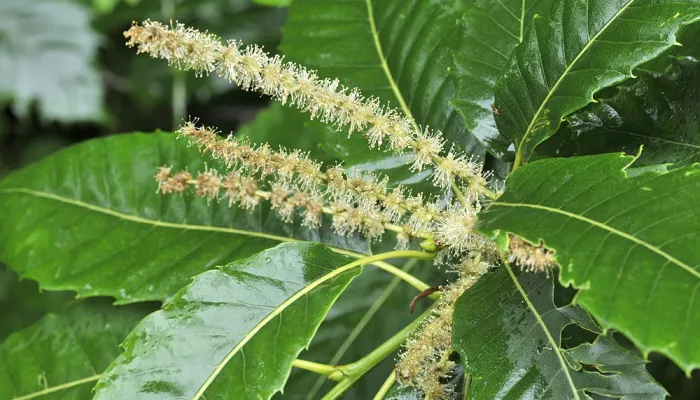About
The deciduous Sweet chestnut was introduced into the UK by the Romans for its nuts - often ground into flour - and widely planted for its timber; but it now behaves like a native tree, particularly in South East England where it spreads through many woodlands by seed. It can grow old and massive, the trunk twisting and developing fissures, and the branches collapsing, but often taking root and sending up new shoots. One of the largest sweet chestnut trees is in Gloucestershire, its trunk measuring nearly 13m across.
How to identify
The sweet chestnut has long leaves with large teeth along their edges, and soft-spined fruit cases that contain two or three chestnuts.
Did you know?
Roasted chestnuts are a traditional part of Christmas dinner, as well as being sold on the streets during the winter.
The Wildlife Trusts manage many woodland nature reserves sympathetically for the benefit of all kinds of wildlife. A mix of coppicing, scrub-cutting, ride maintenance and non-intervention all help woodland wildlife to thrive.

